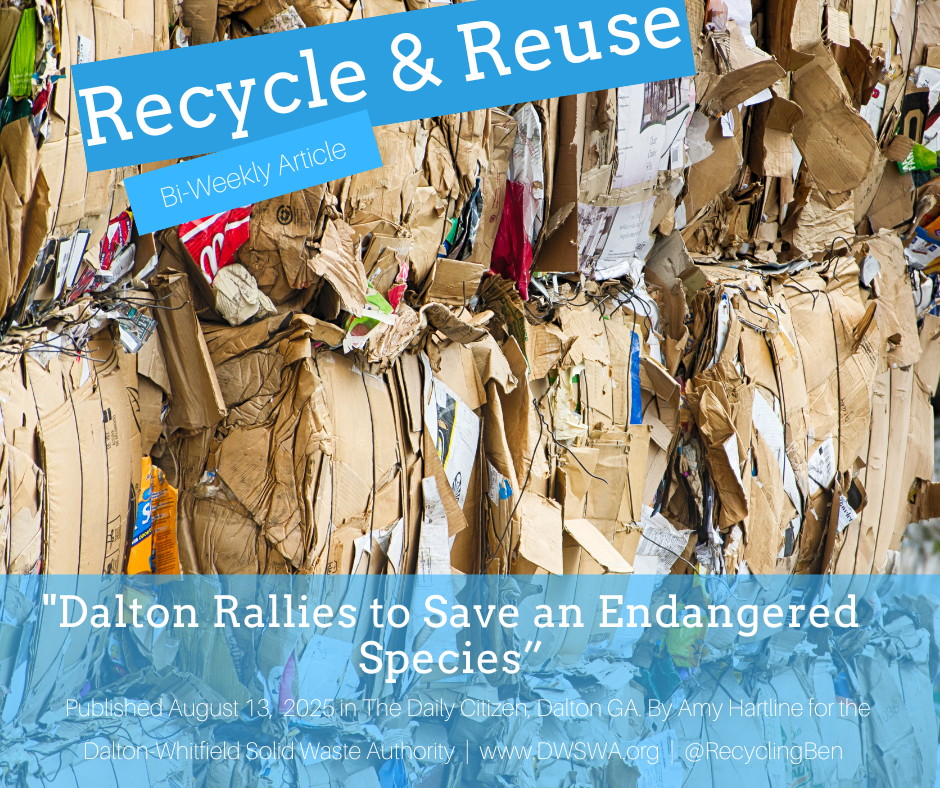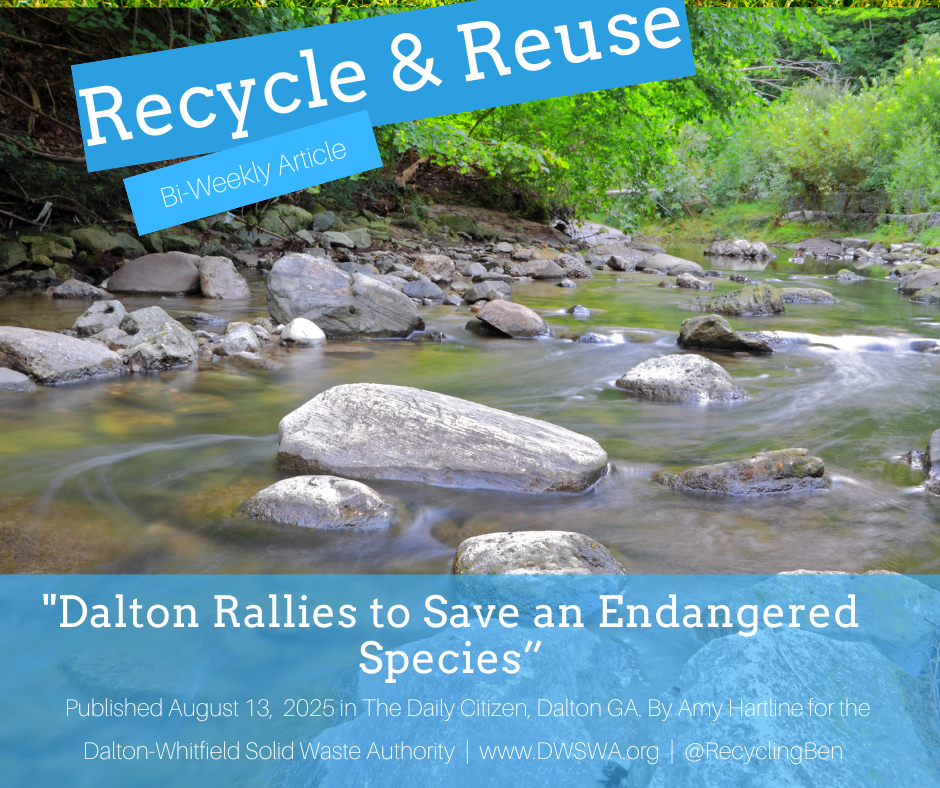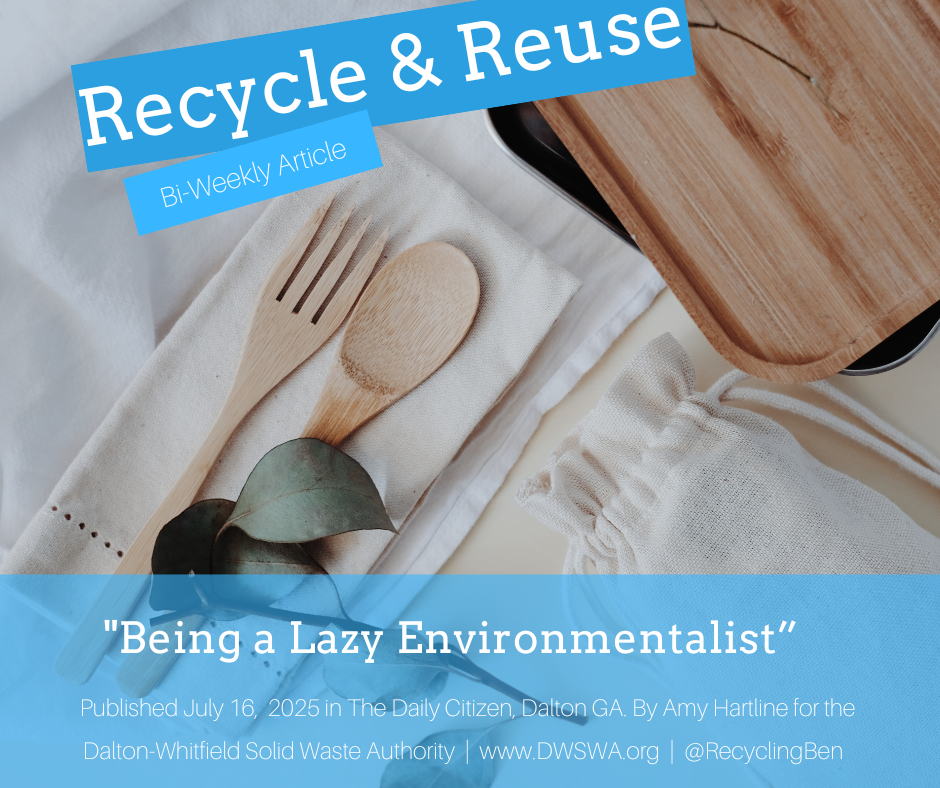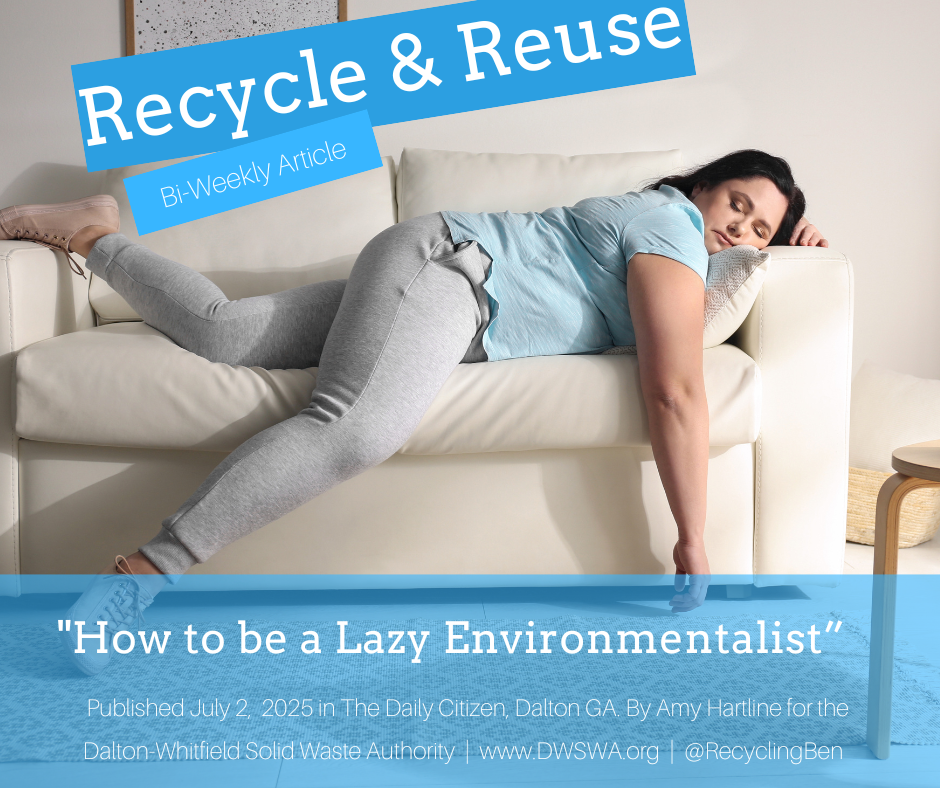It’s Halloween, Ghoulishly Greener
/Reuse a glass mason jar from your recycling bin by transforming it into a spooky candle holder.
For a greener Halloween decorate with natural, biodegradable items like pumpkins instead of plastic, artificial items.
Cooler weather, pumpkin spice lattes, and leaves changing color mean Halloween is almost here! Personally, I’m looking forward to greeting costumed youngsters at my front door – and many others are too. The National Retail Federation (NRF) reports that more than 171 million Americans plan to celebrate Halloween this year, with total spending expected to reach $8.4 billion.
The annual NRF Halloween survey found that “7 in 10 consumers plan to hand out candy, and nearly half will decorate their home or dress in costume.” While the holiday that invites us to dress up and chow down on sweets is big on fun, it’s also big on waste and low on health.
According to Green Halloween (www.greenhalloween.org) most costumes, candy, décor, and other accessories designed for the holiday “are made from unhealthy, unsustainable materials, by people who may not be paid wages or treated fairly.” When the celebrations are over most of the stuff ends up in landfills, resulting in a scary amount of waste. Children’s costumes alone could equal the weight equivalent of 5,000 midsize cars or more, according to Robert Lilienfeld of the Use Less Stuff Report.
Possibly scarier than the amount of waste that this holiday can leave behind is the candy laden with high-fructose corn syrup and artificial colors that can be harmful to your child’s health. Green Halloween reports that one in three trick-or-treaters born today will develop diabetes. And, already one-third of America’s trick-or-treaters are overweight. In 2003 the average trick-or-treater collected 5,435 calories worth of candy containing more than 3 cups of sugar.
Thankfully, making Halloween ghoulishly greener this year is not difficult, you just need to plan ahead. Decide ahead of time what you will give away, what your kids will wear, and how you’ll decorate your home. Focus on making healthy and green or eco-friendly choices by thinking outside the candy box.
Give Away: If you can only make one change this year, look no further than the candy bowl. Halloween candies come individually wrapped meaning lots and lots of wrappers to dispose of. To reduce waste, limit the amount of candy a child can take when they visit your door. If you’re crafty you can save candy wrappers to make a bracelet or other do-it-yourself projects.
Better yet, switch from sugary candy to small treasures children can enjoy long after the holiday. Treasures could be items like stickers, fun erasers, small toys, pencils made from recycled materials, crayons, or even flower seeds to plant at home. Let children pick one treasure from the candy bowl, or have the same item for all visitors.
What to Wear: Costumes are key for having an amazing Halloween experience. Typically, costumes are purchased and used once before being thrown away. This year consider organizing a costume swap with family and friends. Something that doesn’t fit your growing child anymore may be perfect for someone else. Instead of buying something new, use items that you already have on hand.
For example, rarely used clothes, worn bed sheets, and miss-matched accessories can be the base for new costumes. Bend old wire hangers into the shape of wings for angels, and fairies. Or craft a mask from a cardboard box or plastic milk jug.
Collect trick-o-treat candies in a reusable shopping bag, tote, or used pillowcase instead of a plastic or single use bag. A costume prop like a doctor’s bag or a diva’s glittery purse can be a creative way to collect some treats while staying in character.
How to Decorate: Avoid artificial materials and decorate your home with biodegradable items like pumpkins, gourds, and cornhusks. You don’t have to limit your color scheme to green and orange, however, if you use natural products like the Lumina pumpkin distinguished by its creamy white outer shell.
In outdoor areas, straw bales can add height and help create a focal point. After the holiday you can place the items in your compost pile or use them in to make some autumn favorites like roasted pumpkin seeds.
Craft spooky decorations from the items piled in your recycling bin or storage areas. Vampire bats made from paper egg carton sections or with aluminum soda cans are easily made with just a little black paint and craft eyes. While mason jars decorated on the outside with tissue paper make creative candle holders adding to the perfect spooky mood of your home.
Don’t forget to include the kids to make greening Halloween a family affair. If they participate in the process they’re more likely to stay involved and have positive attitudes about the changes.

































